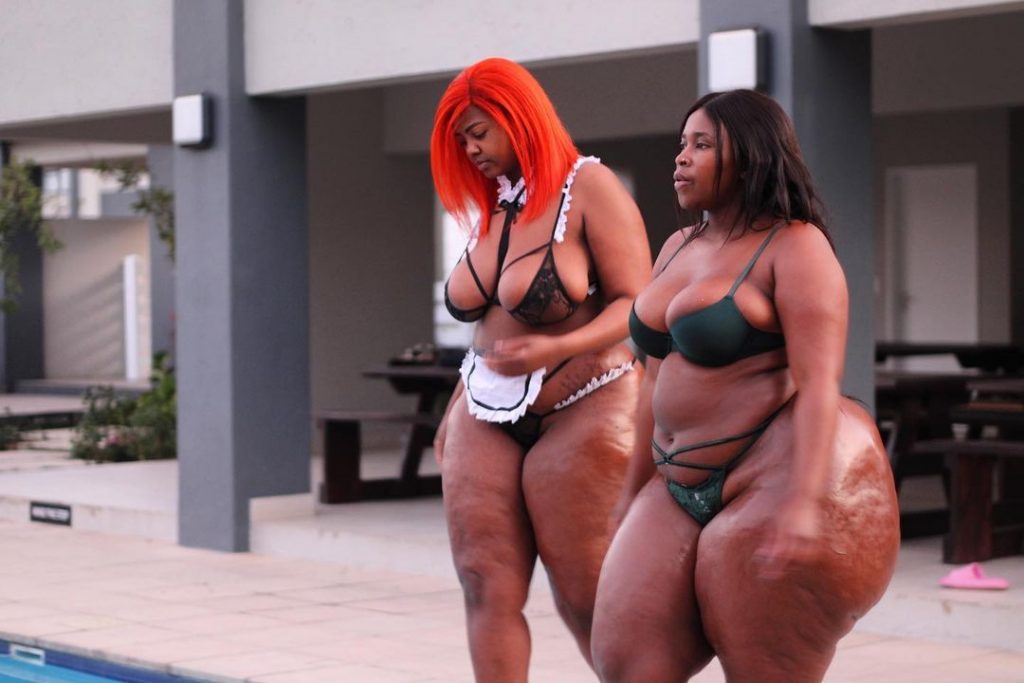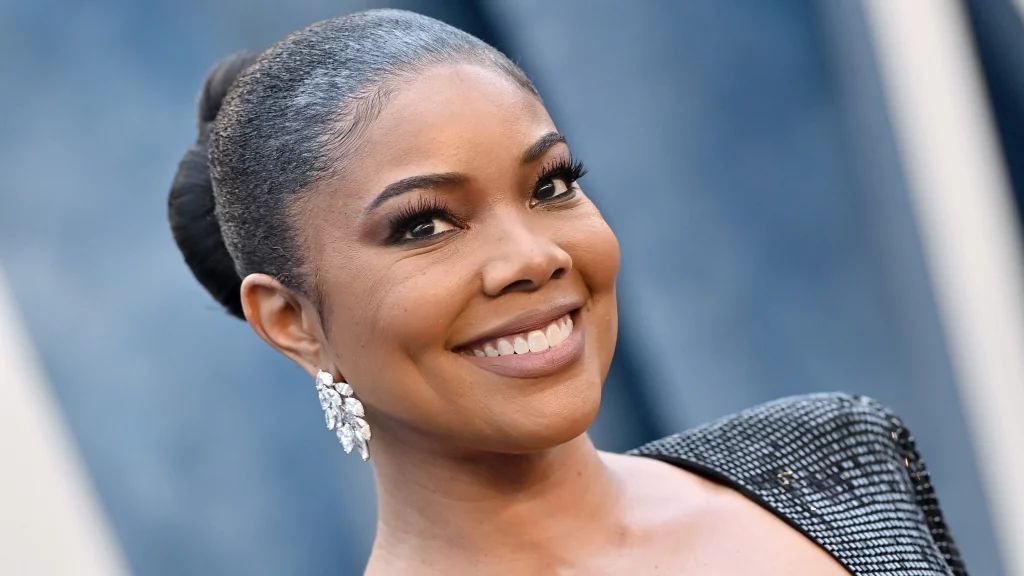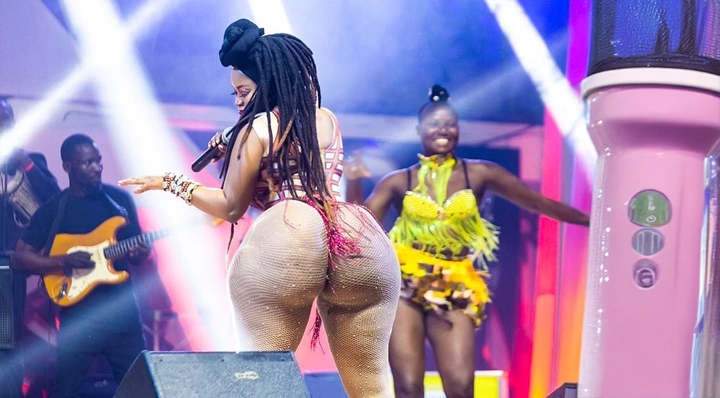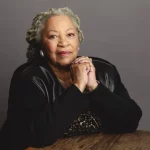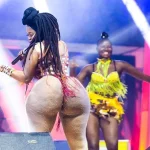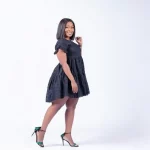Now Reading: Miss Curvy: When African Beauty Becomes a Vehicle for Empowerment and Culture
-
01
Miss Curvy: When African Beauty Becomes a Vehicle for Empowerment and Culture
Miss Curvy: When African Beauty Becomes a Vehicle for Empowerment and Culture

From budgeting to packing hacks, here’s everything you need to know to make travel stress-free and enjoyable.
The African fashion industry is undergoing a profound transformation, gradually shedding standardized universal beauty standards to embrace the richness of its diversity and shapes. At the heart of this cultural and physical revolution is the Miss Curvy pageant, a platform that has redefined the perception of modeling in Southern and Central Africa, and which now positions itself as a powerful tool for female empowerment, cultural promotion, and regional diplomacy.
Launched in Zimbabwe in 2011, Miss Curvy is much more than a simple beauty pageant. It is a competition dedicated to curvy models (aged 18 to 30) and, through the introduction of the Miss Curvy Classic category, women aged 31 to 40. This event is an audacious celebration of mature beauty and natural body shapes, offering much-needed recognition to women who have long been marginalized by traditional modeling.
A Movement Born in Zimbabwe: Solid Roots
The history of Miss Curvy is inextricably linked to the Zimbabwean fashion landscape, a sector that the Zimbabwe Models and Agencies Association (ZIMAA) is actively working to structure and professionalize. Launched in Harare in 2011, the event immediately captured attention.
The first crowned queen, Tanya Chikuni, as Miss Curvy Harare and Miss Curvy Zimbabwe, embodied the break with established norms. The tradition continued in 2012 with the crowning of Mildred in Harare, solidifying the pageant as a major local institution.
These initial editions, though national, served as a laboratory and proof of concept for the niche’s power. They demonstrated not only the public demand for diverse body shapes but also the potential of modeling to be a vector for self-confidence and social change. Local successes like Sheila (2015 in Kariba) and Cleopatra Mandirahwe (2016 in Harare) continued to pave the way, leading up to the crowning of Lucy Tichayana in 2018, who still holds the title, symbolizing a period of consolidation before the major regional leap.
The Pan-African Rise: Miss Curvy Africa
The year 2014 marked a decisive turning point with the introduction of Miss Curvy Africa, placing the pageant on the continental stage. This event was a logistical and diplomatic feat, attracting participants from 15 African countries (including South Africa, Cameroon, Namibia, Zambia, Kenya, Nigeria, and Ghana).
Held at the HICC (Harare International Conference Centre), the theme of this inaugural edition, “Models Against Hunger in Africa,” clearly established Miss Curvy as an empowerment and social engagement pageant, extending far beyond mere aesthetics. The crowning of Chiedza as Miss Curvy Africa sealed the movement’s commitment to humanitarian causes and community development.
A Framework for Female and Entrepreneurial Empowerment
One of Miss Curvy’s fundamental missions is the empowerment of women in their various entrepreneurial ventures. The pageant utilizes media visibility to propel the queens’ projects.
By highlighting female entrepreneurship, Miss Curvy directly contributes to the goals ZIMAA advocates for the entire sector: professionalizing the career and ensuring the financial independence of models. The queens and participants become business ambassadors, using their titles to attract investments, partnerships, and mentors, thereby transforming their aesthetic success into sustainable economic capital.

Promoting the African Cultural Fabric
Miss Curvy is a vibrant testament to Africa’s commitment to culture, heritage, diversity, and tourism. The event offers the queens a unique platform to showcase African culture to the world.
Every appearance and runway walk is a celebration of African values: unity, respect, the courage of womanhood, and the pursuit of excellence. The pageant is not just a fashion showcase but a cultural forum where participants from different countries share their traditions, languages, and philosophies.
Message of Peace and Unity: The organizers strongly affirm core principles: “We stand for Peace, Values, Womanhood, Excellence, and Unity, which comes with Power and Respect to touch many lives in Africa positively.” The pageant thus becomes a form of cultural diplomacy, using beauty to build regional bridges.
Diversity and Representation: By acknowledging the varied body shapes that are the norm in many African cultures, Miss Curvy normalizes and validates natural beauty against the often-unrealistic pressures of Western media.
Naked woman, black woman… Clothed with your color, which is life, and your form, which is beauty.
Léopold Sédar Senghor
The Synergy with ZIMAA: Professionalism and Support
The success and longevity of an event like Miss Curvy depend on a healthy and regulated fashion ecosystem. This is where the role of ZIMAA becomes essential.
ZIMAA, as the Zimbabwean modeling industry’s supervisory body, provides the necessary framework of professionalism for continental-scale pageants to thrive ethically.
- Ethical Guarantee: The existence of a monitoring association like ZIMAA ensures that Miss Curvy models work in an environment of trust and transparency.
- Accreditation and Training: ZIMAA’s efforts to train models on contracts, financial management, and international standards directly benefit Miss Curvy candidates, who are not just participants, but aspiring professionals.
- Against Exploitation: By monitoring the sector and combating fake agents (a major challenge in Zimbabwe), ZIMAA protects young women who, in the midst of media excitement, might be targeted by unfair practices.
In turn, the Miss Curvy pageant serves as a showcase for ZIMAA’s efforts: it proves that Zimbabwean modeling can not only compete but also innovate on the continental stage by creating unique and socially responsible concepts.




